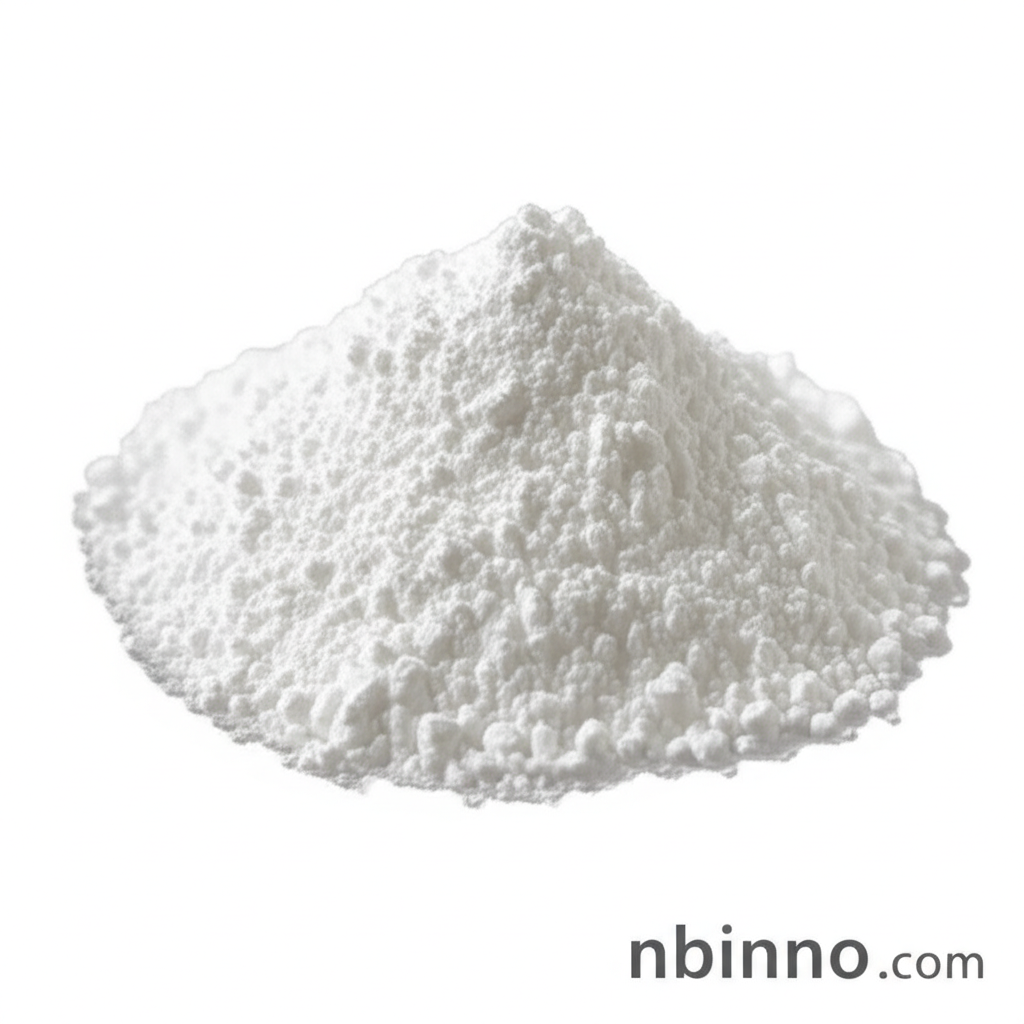3-Chloropyridine-4-carboxamide: A Key Intermediate for Pharmaceuticals and Material Science
Explore the versatility and applications of this crucial chemical building block.
Get a Quote & SampleProduct Core Value

3-Chloropyridine-4-carboxamide
3-Chloropyridine-4-carboxamide (CAS 100859-32-3) is a vital fine chemical intermediate with extensive applications. Its molecular formula is C6H5ClN2O and it boasts a high purity of 99% minimum, making it a reliable choice for demanding synthesis processes. This compound serves as a crucial building block in various chemical sectors.
- Discover effective 3-Chloropyridine-4-carboxamide suppliers for your pharmaceutical synthesis needs. This compound is integral to creating novel drug molecules.
- Learn about the diverse uses of 3-Chloropyridine-4-carboxamide in material science, where its unique structure contributes to new material properties.
- Investigate the chemical properties of 3-Chloropyridine-4-carboxamide, understanding its reactivity is key for successful application.
- Explore efficient 3-Chloropyridine-4-carboxamide synthesis pathways, optimizing production and sourcing.
Key Advantages Offered
High Purity and Quality
With a minimum purity of 99%, this compound ensures consistent results in complex chemical reactions, a crucial aspect for pharmaceutical intermediate applications.
Versatile Application Range
Its utility spans across pharmaceutical, material science, and agrochemical industries, showcasing its broad importance as a chemical intermediate.
Reliable Chemical Building Block
The stable chemical structure makes it a dependable starting material for organic synthesis, contributing to the development of new compounds.
Key Applications
Pharmaceutical Synthesis
As a key pharmaceutical intermediate, it is instrumental in the creation of various active pharmaceutical ingredients (APIs) and drug candidates.
Material Science
Its unique chemical structure allows for integration into novel materials, potentially imparting special optical, electrical, or thermal properties.
Agrochemicals
This compound can participate in the synthesis of new pesticides, contributing to the development of efficient and environmentally conscious agricultural solutions.
Organic Synthesis
It serves as a critical starting material for chemists exploring and creating complex organic molecular structures, expanding the boundaries of organic chemistry.
